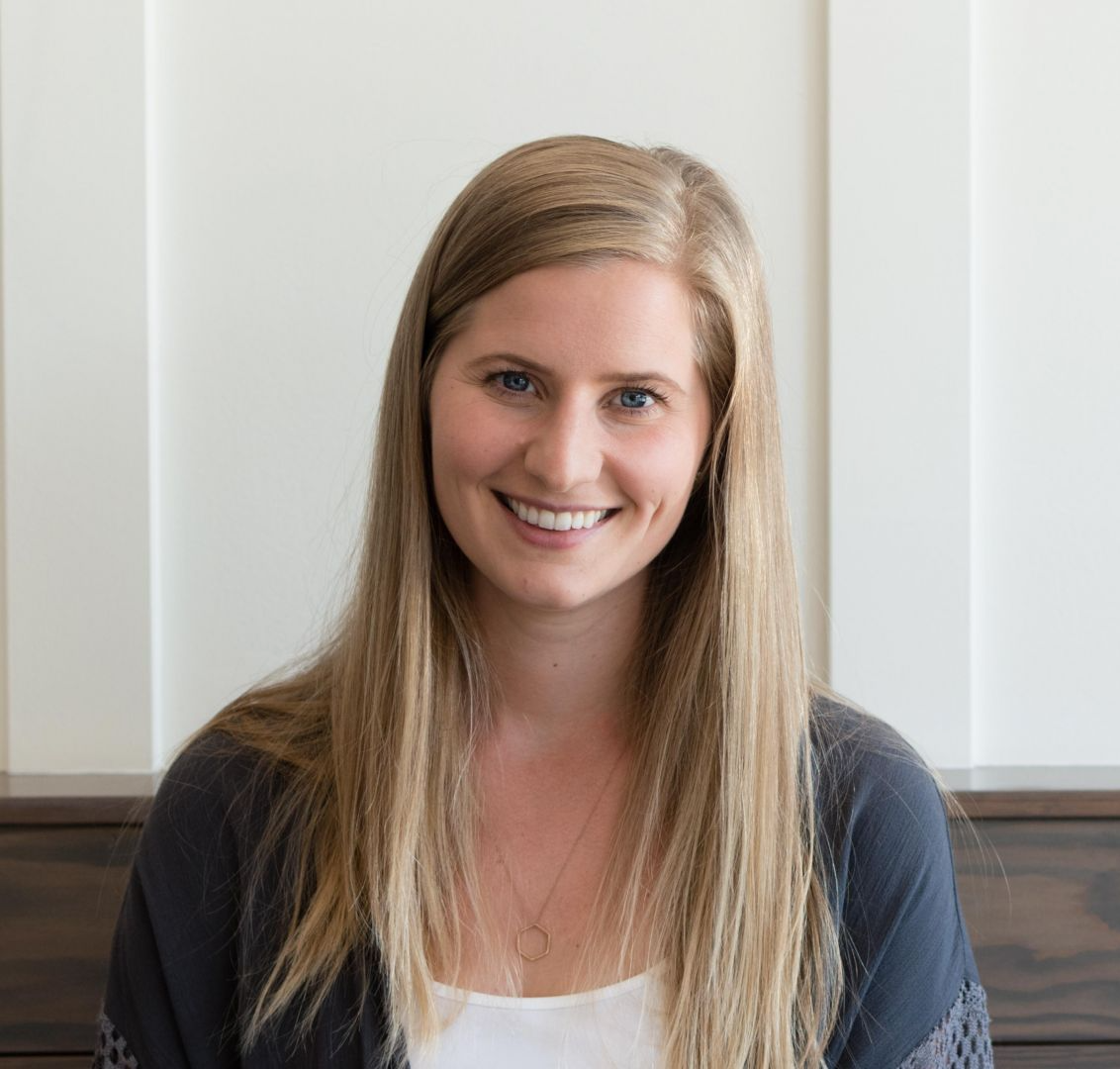Understanding the Benefits of Prenatal and Postpartum Exercise
Leading up to the Walk/Run for Mothers this October, through Caring For Women, I wanted to write this blog about the importance of movement during and after pregnancy. I specifically want to talk about the benefits of movement, not just exercise. Movement will look different for each person, depending on what their body is used to and what types of activities bring them joy.

Why is Prenatal and Postpartum Movement Essential?
Engaging in physical activity during pregnancy is not only safe but highly beneficial. According to the American College of Obstetricians and Gynecologists, most women can benefit from physical activity during pregnancy, with minimal risks involved (Birsner, M. et al, 2020). Research also suggests that exercise during pregnancy can lead to a reduction in gestational diabetes mellitus, cesarean births, operative vaginal deliveries, and shorter postpartum recovery times (Birsner et al., 2020).
Moreover, maintaining physical activity during pregnancy can contribute to a smoother transition into the postpartum period and reduce the risk of postpartum depressive disorders.
A question you may be asking right now is, “is physical activity right for everyone during pregnancy?” The answer to this is, “not always.” It is always recommended that you speak with your doctor and or specialist before entering into a new physical routine, or even continuing the one you have been doing. There are contraindications to exercise and physical activity during pregnancy, but for the most part, gentle movement is usually encouraged.
If you are unfamiliar to exercise, or you just want guidance through your pre and early-postnatal journey, seeking out an exercise professional, like a kinesiologist, is a great option as they are trained to help you through those specific physical changes. They will know how to create personalized exercise programs tailored to your unique anatomical and physical needs, as well as the requirements of your growing baby.

The Role of Pelvic Floor Physiotherapy
Working with a pelvic floor (PF) physiotherapist can be particularly valuable during pregnancy and in the early postpartum period. These specialized physiotherapists undergo additional training to address pelvic-related issues that may arise during or after pregnancy, such as incontinence, pain during intercourse, heaviness in the pelvis, pelvic pain, or discomfort. They treat the entire body and can help you find what might be driving the pain or symptoms you may be having.
Postpartum Movement: Rebuilding After Delivery
Let’s talk a bit more about movement during the postpartum period. During pregnancy, modifications will most like be needed and you may end up focusing on very gentle movement and stretching near the end of the 3rd trimester.
After giving birth, whether vaginally or by C-section, your body undergoes significant changes. Your core muscles have likely separated, and your pelvic floor has experienced strain for nine months and may have been a part of the delivery.
Re-connecting to these areas is crucial to gaining the muscular strength back in the core and pelvic floor. It is recommended that exercise should not start until your doctor gives you the go-ahead to do so. This usually occurs around six (6) weeks postpartum. Take a look at the graph below for some intensity recommendations through pregnancy and postpartum.

You will notice that intensity gradually lowers as pregnancy progresses, a blank spot (this is for delivery, followed by rest and recovery), and then a progressive increase in intensity once you are ready to start moving/exercising again. The timeline of the postpartum section is reliant on how you feel, not when social media or others tell you.
The go-ahead you receive from your doctor is sometimes given with very little guidance or assessment on the mother, physically, to ensure her body is fully ready. Personally, I know my body and mind was not ready at 6 weeks. This is a guideline only. If you are not ready to start moving at 6 weeks, that is ok! Wait until you feel physically ready.
Once you do feel ready, start slow and listen to your body, pay attentino to your body. Do you notice:
pain or tension anywhere?
any leakage of urine or fecal matter from your body?
do you have heaviness in your pelvis?
These are all indicators that you may be moving too fast too soon.
Reach out to myself or your nearest pelvic floor physiotherapist for an assessment.
The importance of reestablishing a connection with your core and pelvic floor cannot be overstated. CMC Fitness Consulting offers a specialized program called “Rise and Renew,” designed to rebuild foundational strength. This program begins with breath and pelvic floor reconnection through instructional videos and educational modules.
Upon completion, you’ll have access to three months of progressively increasing strength exercises to help strengthen your core and get you back to doing the activities you love!
Exercise with others – also read: The Importance of Mom Friends Postpartum









0 Comments